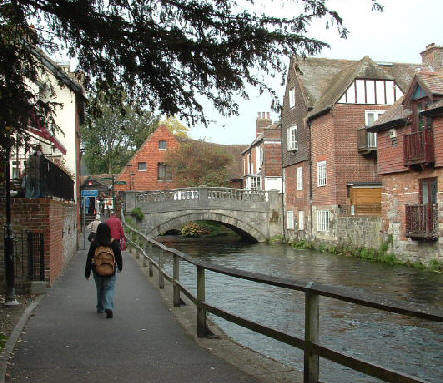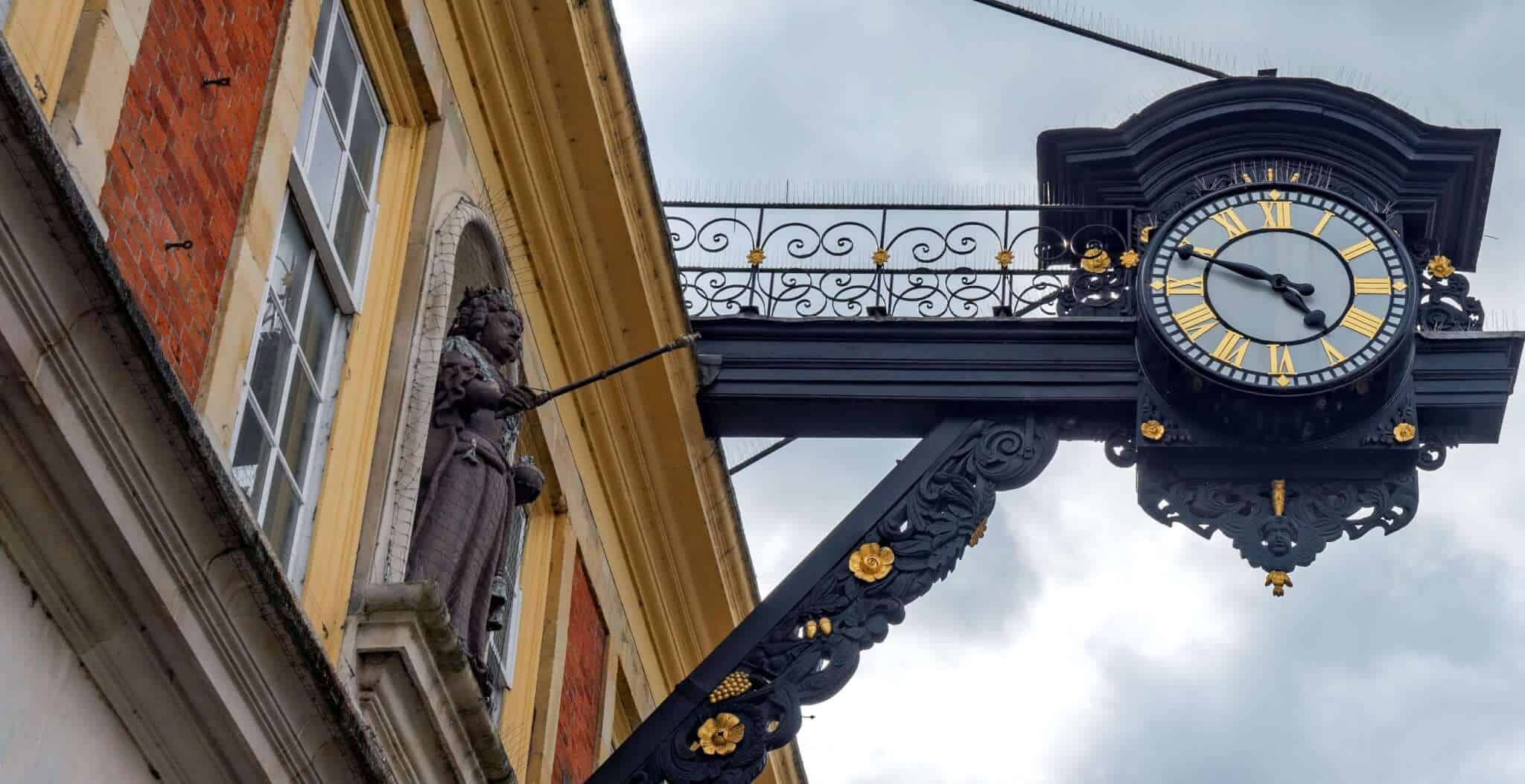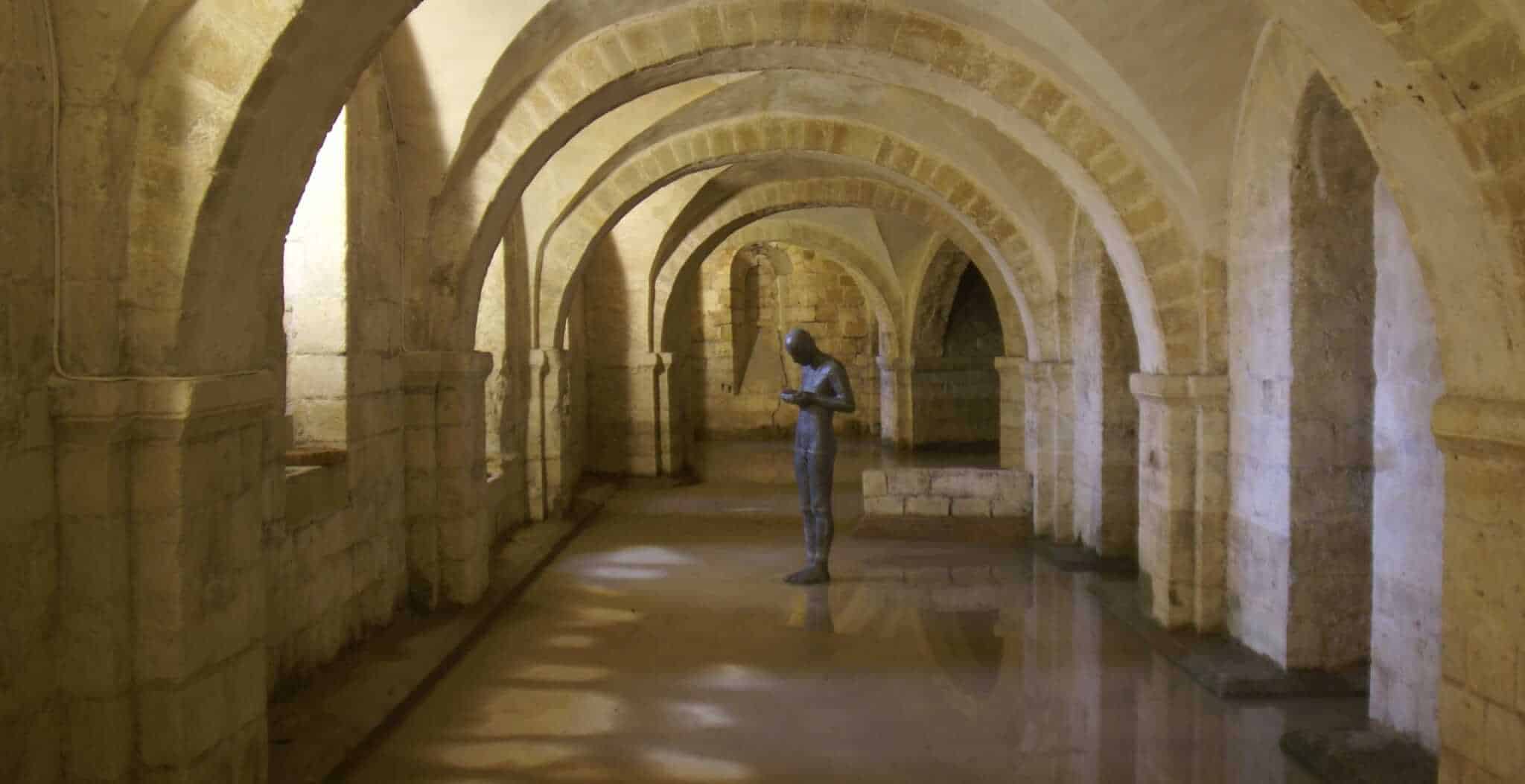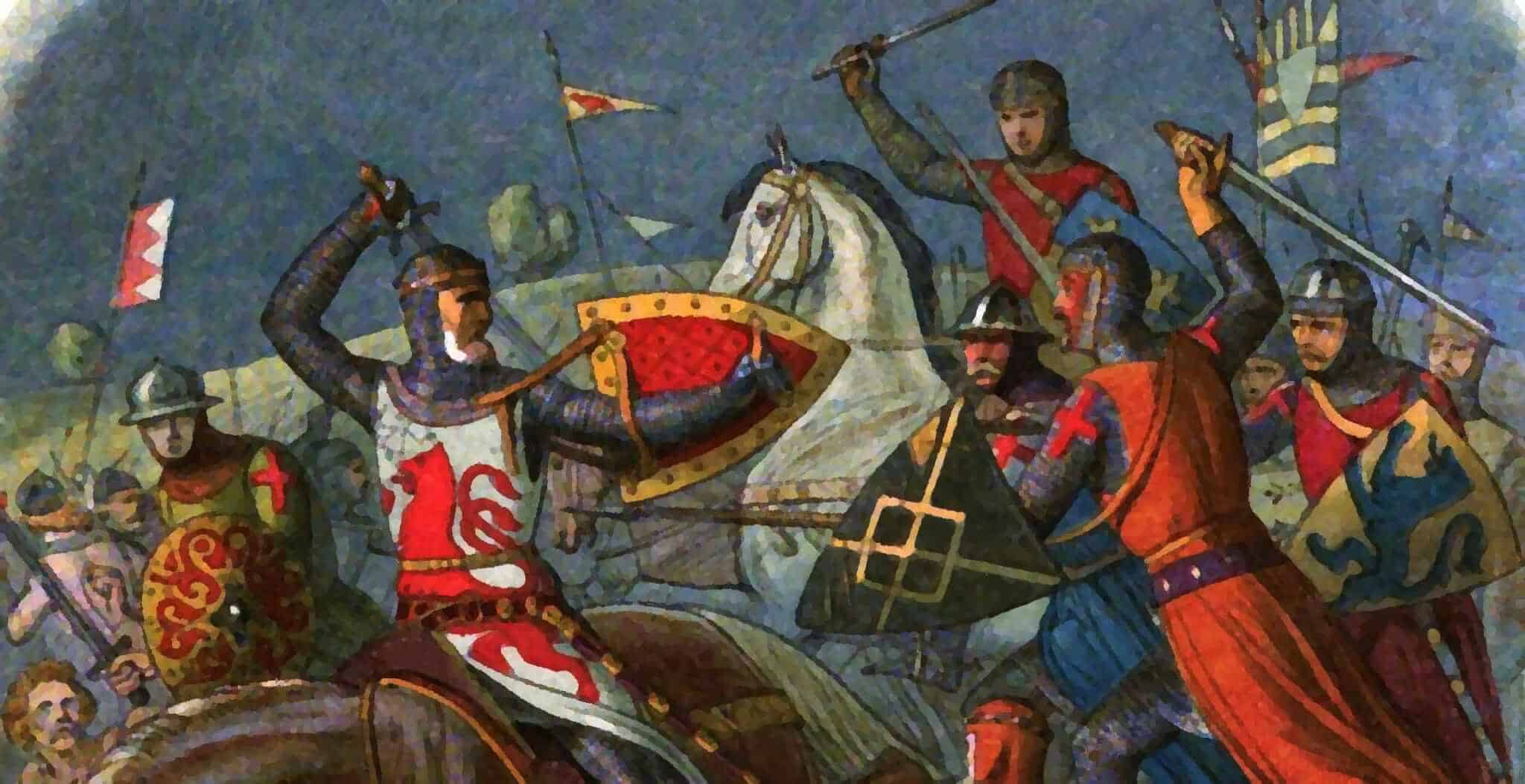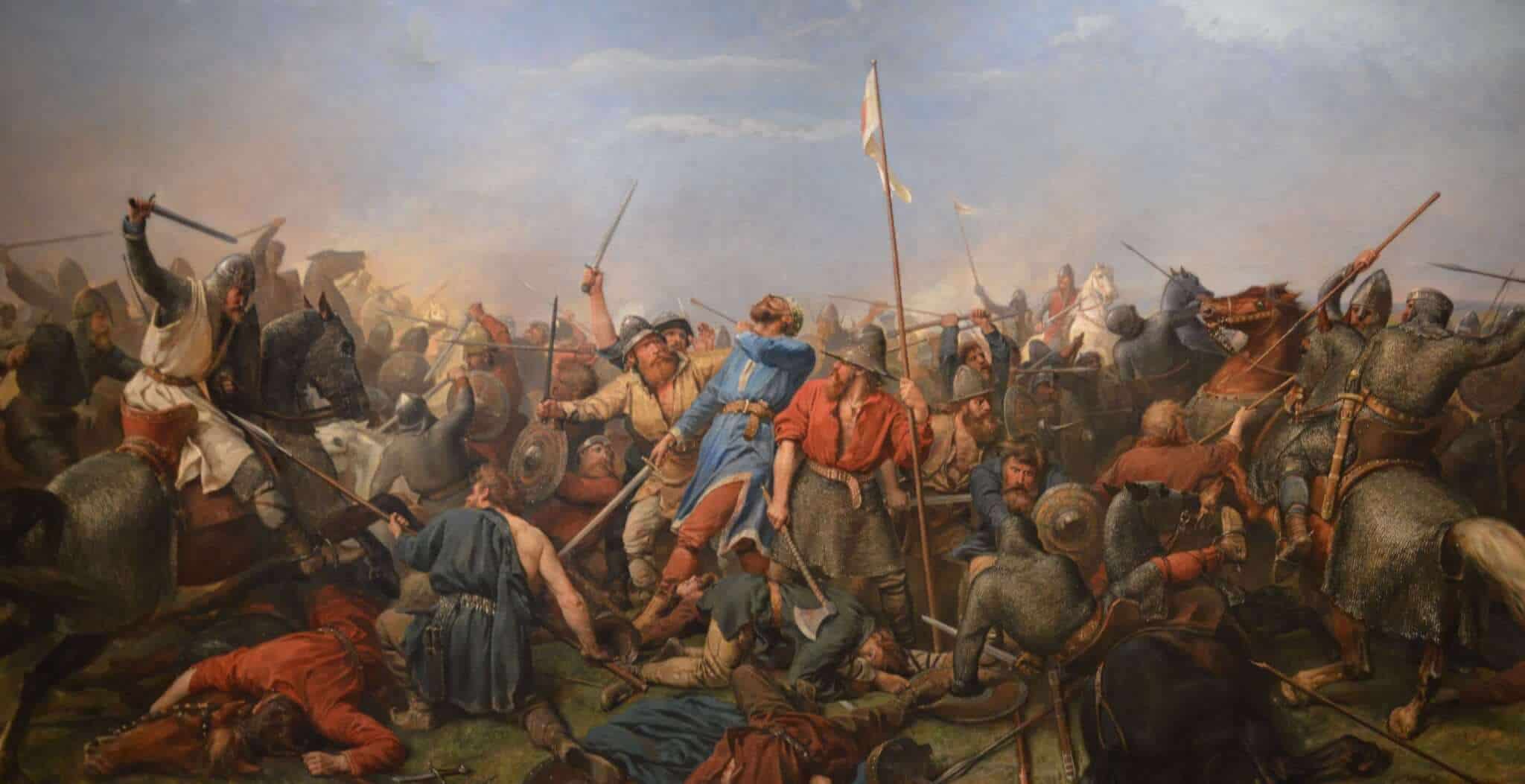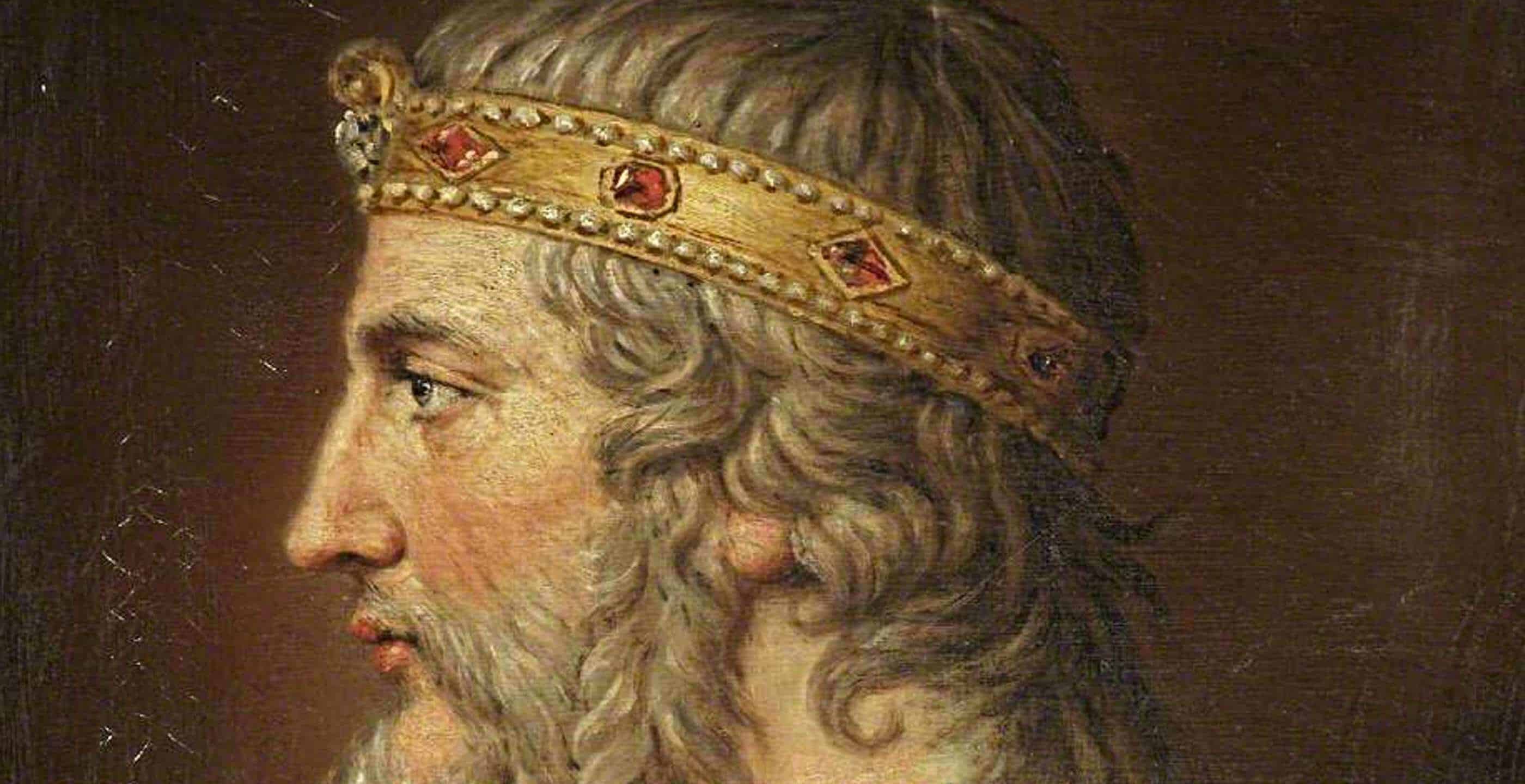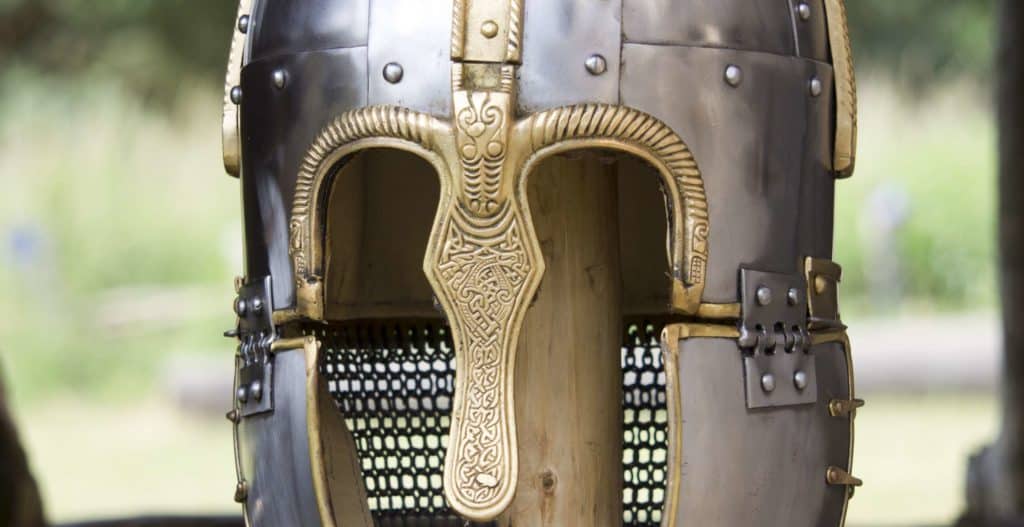Modern day visitors to Winchester in the county of Hampshire can’t help but soak in the history as they wander through the ancient streets of this small city. Few however may realise that some of Winchester’s first settlers arrived there more than 2,000 years ago.
The first permanent residents of Winchester appear to have arrived in the Iron Age, sometime around 150 BC, establishing both a hill fort and also a trading settlement on the western edge of the modern city. Winchester would remain the exclusive home of the Celtic Belgae tribe for the next two hundred years or so.
Shortly after the Romans landed at Richborough in Kent in AD 43, legionary soldiers with auxiliary troops marched across the whole of southern Britain capturing Iron Age hill forts when necessary, and imposing Roman rule upon the local population.
Evidence suggests however, that Winchester’s Belgae tribe may well have welcomed the invaders in with open arms. The Begae’s hill fort appears to have fallen into disrepair many years before the Romans arrived. Additionally, the invading Romans did not even feel threatened enough to establish a military fort in the area from which they could control revolting natives.
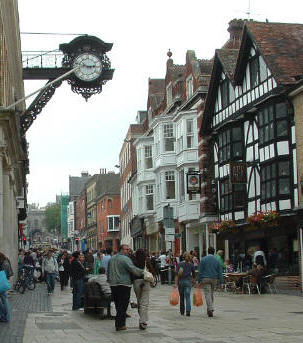 The Romans did however start to build their own ‘new town’ at Winchester, known as Venta Belgarum, or market place of the Belgae. This Roman new town developed over the centuries of occupation to become the region’s capital, with streets laid out in a grid pattern to accommodate the splendid houses, shops, temples and public baths. By the 3rd century the wooden town defences were replaced with stone walls, at which time Winchester extended to almost 150 acres, making it the fifth largest town in Roman Britain.
The Romans did however start to build their own ‘new town’ at Winchester, known as Venta Belgarum, or market place of the Belgae. This Roman new town developed over the centuries of occupation to become the region’s capital, with streets laid out in a grid pattern to accommodate the splendid houses, shops, temples and public baths. By the 3rd century the wooden town defences were replaced with stone walls, at which time Winchester extended to almost 150 acres, making it the fifth largest town in Roman Britain.
Along with other Romano-British towns, Winchester started to decline in importance around the 4th century. And things appear to have come to an almost abrupt end when in AD 407, with their Empire crumbling, the last Roman legions were withdrawn from Britain.
In a relatively short period of time after this withdrawal, these once important bustling towns and cultural centres appear to have been simply abandoned.
For the rest of the fifth century and early sixth century, England entered what is now referred to as the Dark Ages. It was during these Dark Ages that the Anglo-Saxons became established in southern and eastern England.
From around AD 430 a host of Germanic migrants arrived in England, with Jutes from the Jutland peninsula (modern Denmark), Angles from Angeln in southwest Jutland and Saxons from northwest Germany. Over the next hundred years or so the invading kings and their armies established their kingdoms. Most of these kingdoms survive to this day, and are better known as the English counties; Kent (Jutes), East Anglia (east Angles), Sussex (south Saxons), Middlesex (middle Saxons) and Wessex (west Saxons).
It was the Saxons that referred to a Roman settlement as a ‘caester’, and so in west Saxon Wessex, Venta Belgarum became Venta Caester, before being changed to Wintancaester and eventually corrupted to Winchester.
From AD 597 the new Christian faith began to spread through southern England, and it was in the middle of the 7th century that the first Christian church, the Old Minster, was built within the Roman walls of Winchester. A few years later in 676 the Bishop of Wessex moved his seat to Winchester and as such the Old Minster became a cathedral.
Although born at Wantage in Berkshire, Winchester’s most famous son is Alfred ‘The Great’. Alfred (Aelfred) became ruler of the west Saxons after he and his brother defeated the Danish Vikings at the Battle of Ashdown. In 871 at the tender age of 21, Alfred was crowned King of Wessex and established Winchester as his capital.
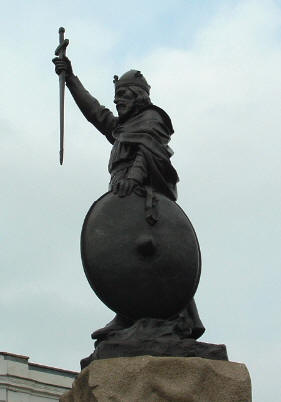
To protect his kingdom against the Danes, Alfred organised the defences of Wessex. He built a navy of new fast ships to defend against attack from the sea. He organised the local militia into ‘rapid reaction forces’ to deal with raiders from the land, and started a building programme of fortified settlements across England from which these forces could gather to defend.
Saxon Winchester was therefore rebuilt with its streets laid out in a grid pattern, people were encouraged to settle there, and soon the town was flourishing again. As befits a capital in the building programme that followed, both New Minster and Nunnaminster were founded. Together, they quickly became the most important centres of art and learning in England.
In 1066 following the Battle of Hastings, King Harold’s widow, who was staying at Winchester, surrendered the town to the invading Normans. Shortly after this William the Conqueror ordered the rebuilding of the Saxon royal palace and the construction of a new castle to the west of the town. The Normans were also responsible for demolishing the Old Minster Cathedral and starting the construction of the new present cathedral on the same site in 1079.
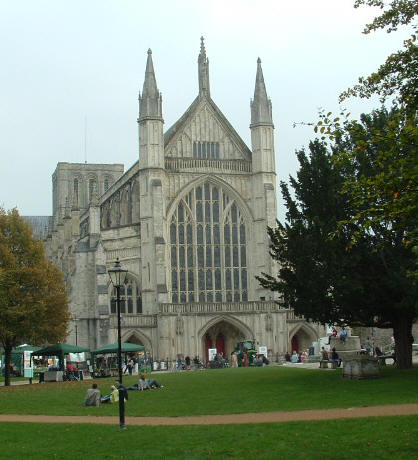
Throughout the early Middle Ages Winchester’s importance as a significant cultural centre was reaffirmed time and again, as witnessed by the number of royal births, deaths and marriages that took place in the town.
Winchester’s fortunes however, began to decline during the 12th and 13th centuries as power and prestige gradually shifted to the new capital in London, including the relocation of the royal mint.
Disaster struck Winchester in 1348-49 when the Black Death arrived, brought in from mainland Europe by migrating Asian black rats. The plague returned again in earnest in 1361 and at regular intervals for decades afterwards. It is estimated that more than half the population of Winchester may have been lost to the disease.
The fortunes of Winchester through much of the Middle Ages derived from the woollen industry, as locally produced wool was first cleaned, woven, dyed, fashioned into cloth and then sold on. But faced with increased domestic competition, this industry also declined, so dramatically in fact that it is estimated that by 1500 the town’s population had fallen to around 4,000.
This population was to decline even further when in 1538-39 Henry VIII dissolved the city’s three monastic institutions, selling off their lands, buildings and other possessions to the highest bidder.
During the English Civil War Winchester changed hands several times. Perhaps through their close association with royalty however, the locals support was initially with the king. In one of the final acts of that long and bloody conflict Cromwell’s men destroyed Winchester Castle, preventing it from falling into royalist hands ever again.
With a population of around 35,000, Winchester is a now a quiet genteel market town. As you walk through its streets today however, you can’t help noticing, with one major and many smaller reminders, that you are walking through what was once the ancient capital of England.
Published: 4th October 2015
Getting Here
Winchester is easily accessible by both road and rail, please try our UK Travel Guide for further information.
Recommended Tours
We recommend the Winchester Literary Tour, a two hour walk exploring how King Arthur, Thomas Hardy and Jane Austen all have literary roots in the city.
Roman Sites
Try our interactive map of Roman Sites in Britain to browse our database of visible Roman remains.
Anglo-Saxon Sites in Britain
Explore our interactive map of Anglo-Saxon Sites in Britain for nearby sites.
Cathedrals in Britain
Browse our interactive map showing the Christian Cathedrals of Britain.
Museums
View our interactive map of Museums in Britain for details of local galleries and museums.
Castles in England
Try our interactive map of Castles in England to browse our huge database, including further detailed information concerning Winchester Castle.
